Online Schooling Vs Traditional 2025
online schooling vs traditional 2025
Related Articles: online schooling vs traditional 2025
Introduction
With enthusiasm, let’s navigate through the intriguing topic related to online schooling vs traditional 2025. Let’s weave interesting information and offer fresh perspectives to the readers.
Table of Content
The Evolving Landscape of Education: Online vs. Traditional Schooling in 2025
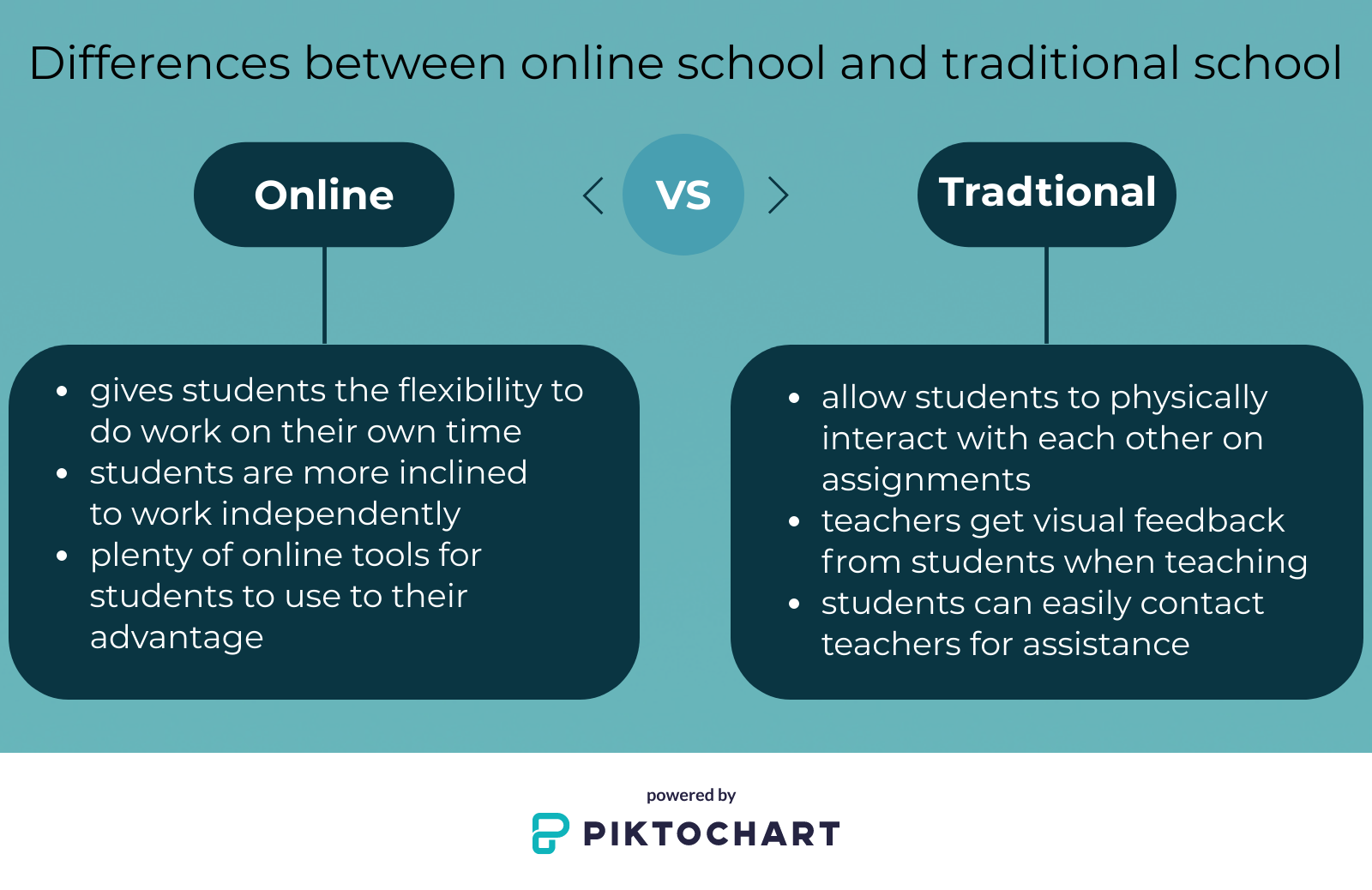
The year 2025 is rapidly approaching, and with it, the educational landscape is undergoing a dramatic transformation. The traditional brick-and-mortar model, long the cornerstone of learning, is increasingly being challenged by the rise of online education. This shift is driven by a confluence of factors, including technological advancements, changing student demographics, and a growing demand for flexibility and accessibility in learning.
This article delves into the ongoing debate between online and traditional schooling, analyzing their respective strengths and weaknesses, and exploring the future of education in the context of this evolving paradigm.
Online Schooling: A Digital Revolution in Learning
Online education, or e-learning, has experienced exponential growth in recent years, propelled by the widespread adoption of the internet and mobile devices. It offers a distinct set of advantages that cater to a diverse range of learners:
- Flexibility and Accessibility: Online schooling provides unparalleled flexibility, allowing students to learn at their own pace, from anywhere with an internet connection. This is particularly beneficial for students with busy schedules, geographical limitations, or special needs.
- Personalized Learning: Online platforms can adapt to individual learning styles and paces, offering tailored content and assessments. This personalized approach fosters deeper engagement and better understanding.
- Cost-Effectiveness: Online programs often come at a lower cost compared to traditional institutions, reducing the financial burden of education.
- Global Reach: Online learning transcends geographical boundaries, connecting students and educators from across the globe, fostering cultural exchange and diverse perspectives.
- Enhanced Technological Integration: Online platforms seamlessly integrate digital tools and resources, providing students with access to interactive learning experiences, simulations, and multimedia content.
Traditional Schooling: A Foundation of Structure and Community
Despite the rise of online learning, traditional schools remain a vital part of the educational landscape, offering a unique set of advantages:
- Structured Learning Environment: Traditional schools provide a structured and consistent learning environment, with dedicated teachers, set schedules, and clear expectations. This structured approach fosters discipline, routine, and a sense of community.
- Social Interaction and Collaboration: Traditional classrooms offer opportunities for face-to-face interaction and collaboration, fostering social skills, teamwork, and communication.
- Teacher-Student Interaction: Direct interaction with teachers provides students with personalized guidance, feedback, and support.
- Physical Presence and Resources: Traditional schools offer access to physical resources such as libraries, laboratories, and athletic facilities, enriching the learning experience.
- Community Building: Schools play a crucial role in building a sense of community, fostering social connections and a shared sense of identity.
The Future of Education: A Hybrid Approach
The future of education is likely to be characterized by a hybrid approach, combining the best aspects of both online and traditional learning. This "blended learning" model offers a dynamic and adaptable learning environment that caters to individual needs and preferences.
Blended Learning: A Synergistic Approach
Blended learning incorporates online components into the traditional classroom setting. This can involve:
- Utilizing online platforms for homework, assignments, and research.
- Integrating online resources such as videos, simulations, and interactive exercises into the curriculum.
- Implementing flipped classrooms where students learn concepts online before engaging in hands-on activities and discussions in the classroom.
This approach offers several advantages:
- Personalized Learning: Blended learning allows for customized learning paths and pace, catering to individual needs and learning styles.
- Enhanced Engagement: Combining online and offline elements can create a more engaging and dynamic learning experience.
- Flexibility and Accessibility: Blended learning offers greater flexibility in terms of time and location, making education more accessible to a wider range of learners.
- Cost-Effectiveness: Blended learning can potentially reduce the cost of education by leveraging online resources and reducing the need for physical infrastructure.
Challenges and Considerations
While the future of education appears to be moving towards a hybrid model, it’s crucial to acknowledge the challenges and considerations associated with this transition:
- Digital Divide: Ensuring equitable access to technology and internet connectivity remains a significant challenge, particularly for marginalized communities.
- Teacher Training: Equipping teachers with the necessary skills and knowledge to effectively integrate technology into their teaching practices is crucial.
- Assessment and Evaluation: Developing appropriate methods for assessing student learning in a blended environment is essential.
- Social and Emotional Development: Addressing concerns about potential social isolation and the impact on social and emotional development in online learning environments is crucial.
FAQs: Online Schooling vs. Traditional Schooling in 2025
1. What are the advantages of online schooling?
Online schooling offers flexibility, accessibility, personalized learning, cost-effectiveness, global reach, and enhanced technological integration.
2. What are the advantages of traditional schooling?
Traditional schooling provides a structured learning environment, social interaction, teacher-student interaction, physical resources, and community building.
3. What is blended learning?
Blended learning combines online and offline elements, offering a dynamic and adaptable learning environment.
4. What are the challenges of blended learning?
Challenges include the digital divide, teacher training, assessment methods, and addressing social and emotional development concerns.
5. Is online schooling better than traditional schooling?
The best approach depends on individual needs and preferences. Online schooling offers flexibility and personalized learning, while traditional schooling provides structure and community.
6. Will traditional schools disappear in the future?
It is unlikely that traditional schools will disappear entirely. However, the future of education is likely to be characterized by a hybrid model that incorporates both online and offline elements.
Tips for Choosing the Right Educational Path
- Consider your individual learning style and preferences.
- Evaluate your academic goals and career aspirations.
- Explore the available options and compare their strengths and weaknesses.
- Seek advice from educators, guidance counselors, and other trusted individuals.
- Be open to trying different approaches and adapting your learning strategies.
Conclusion: A New Era of Learning
The future of education is a dynamic and evolving landscape. Online learning is transforming the way we learn, offering greater flexibility, accessibility, and personalized experiences. However, traditional schools continue to play a vital role in fostering social interaction, community building, and structured learning environments.
The most effective approach is likely to be a hybrid model that combines the best aspects of both online and traditional schooling. This blended learning approach offers a dynamic and adaptable learning environment that caters to individual needs and preferences, preparing students for a future where technology and human connection converge to shape the educational landscape.
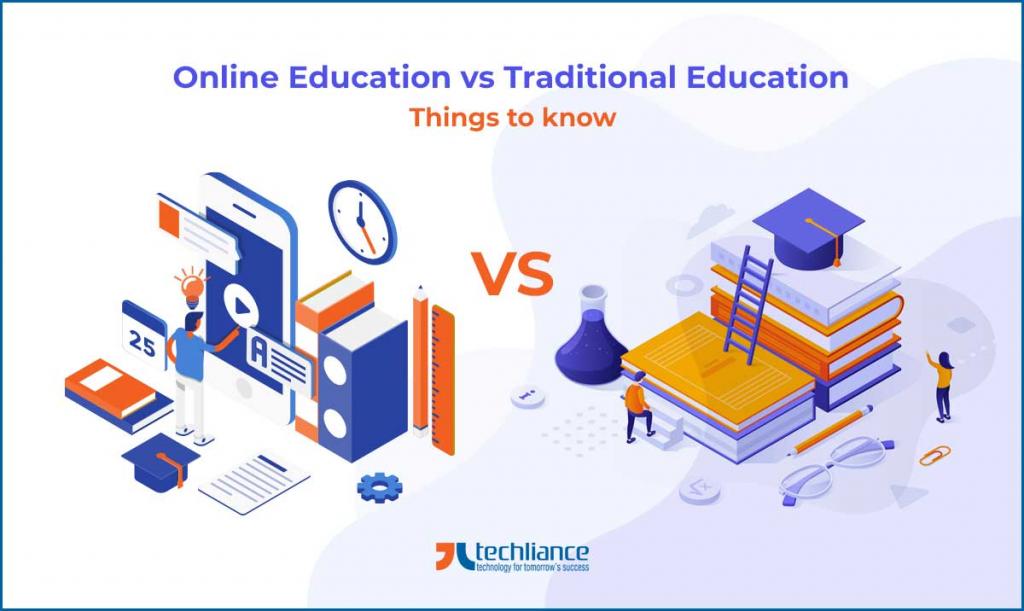
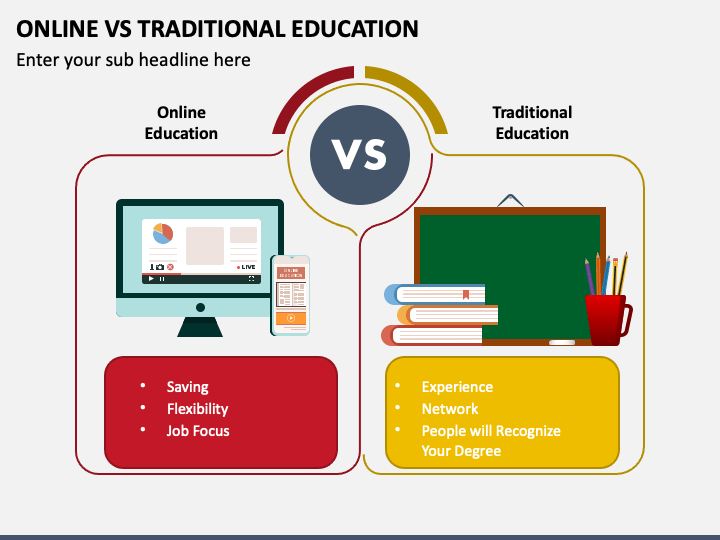

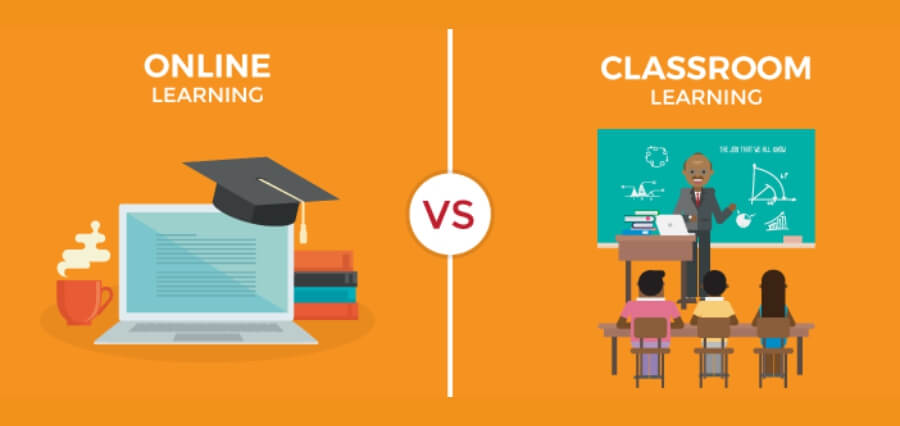

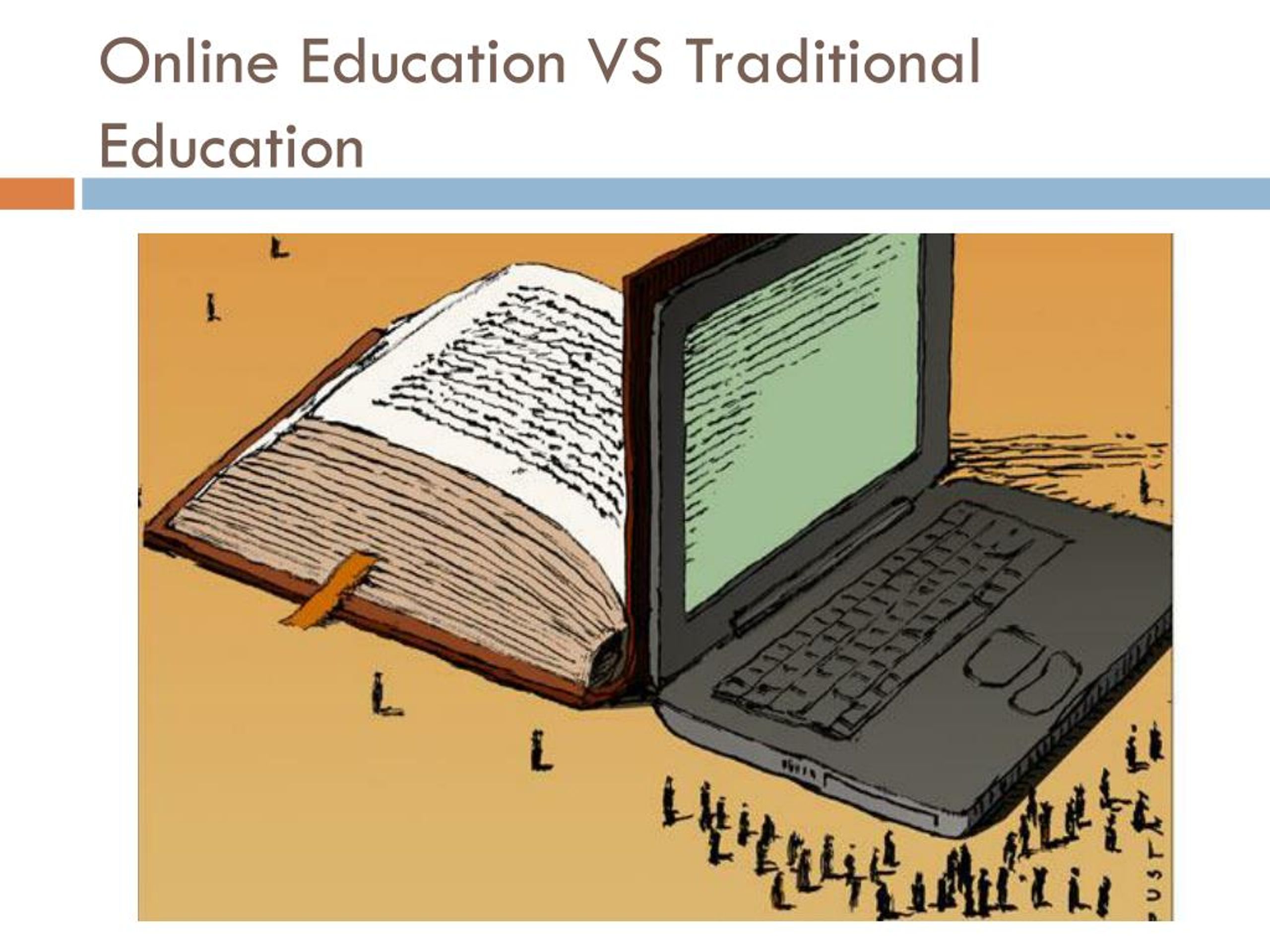

Closure
Thus, we hope this article has provided valuable insights into online schooling vs traditional 2025. We hope you find this article informative and beneficial. See you in our next article!
You may also like
Recent Posts
- The Evolving Landscape Of Online Gaming In 2025: A Look At Emerging Trends And Innovations
- The Evolving Landscape Of Online Gaming On PS4 In 2025: A Glimpse Into The Future
- The Evolving Landscape Of Free Online Gaming: A Look Into Microsoft’s Vision For 2025
- The Evolution Of Online Slots: Exploring The Landscape Of Free Play In 2025
- The Enduring Charm Of 8-Bit: Exploring Online Retro Gaming In 2025
- The Evolving Landscape Of Free Virtual Games: A Glimpse Into 2025
- The Evolving Landscape Of Online Two-Player Games For Kids: A Look At 2025
- Wordplay In The Digital Age: Exploring The Evolution Of Online Word Games In 2025

Leave a Reply